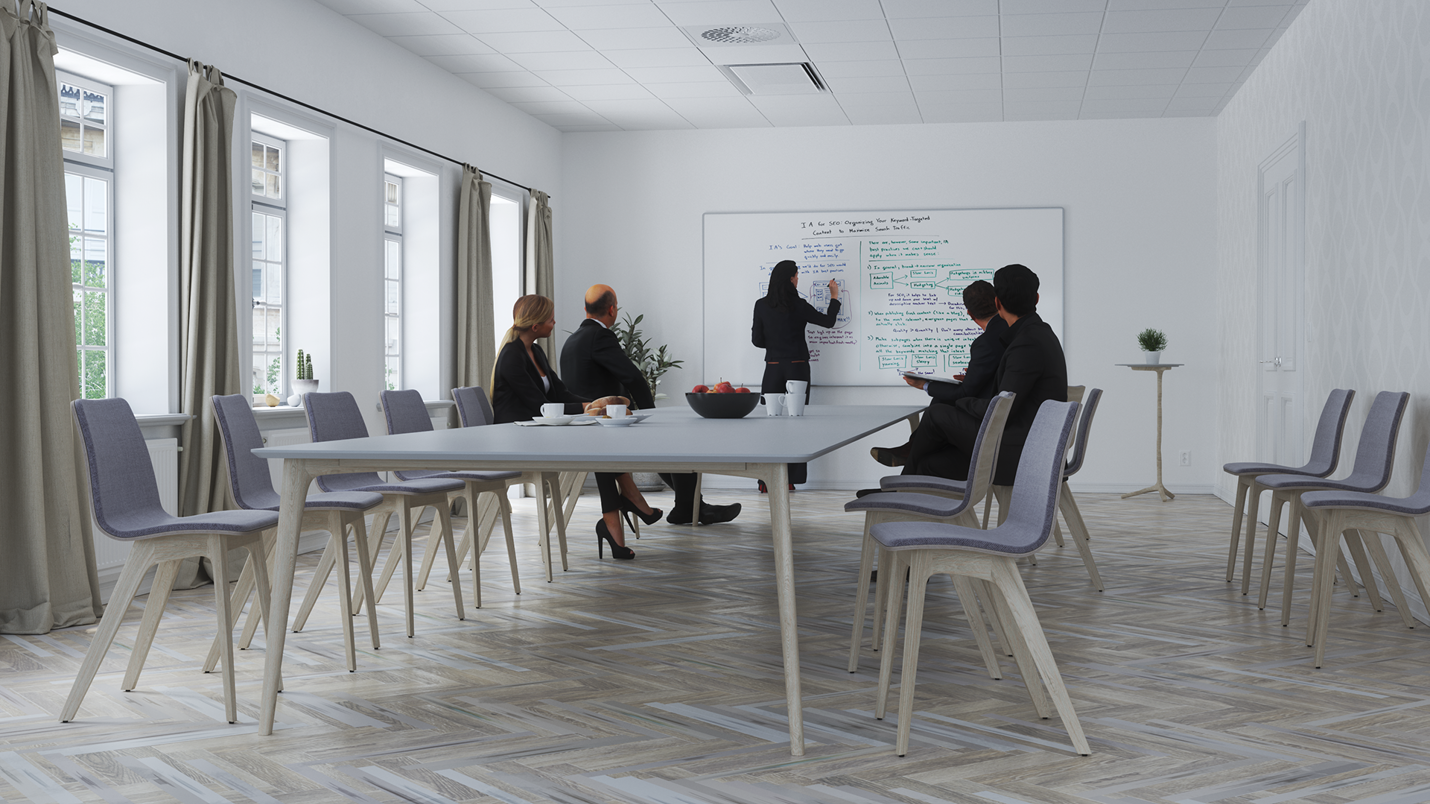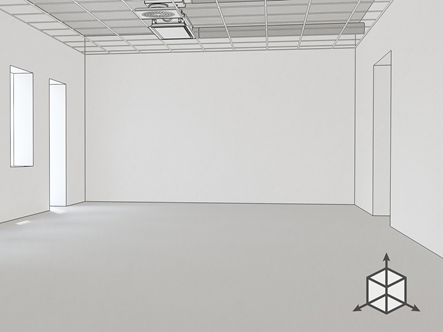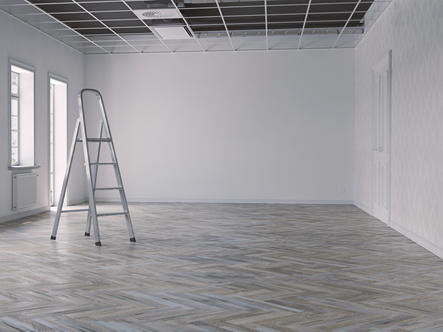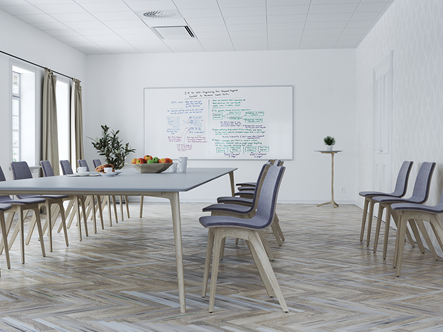Occupants and Interiors
Why do we have systems for ventilation, cooling and heating?
Essentially, human physiology dictates the desired indoor climate, in which our ‘creature comforts’ and health criteria are focal. In this Guide, we review a number of key aspects of the indoor climate, and offer our advice on smart solutions that make it easier to fulfil system requirements specifications for a given system - before, during and after installation.
What factors affect the indoor climate?

How to succeed with the indoor climate
People and spaces
The past decades have seen major changes in where and how most of us spend our time, but we humans basically still function in the same way as we did thousands of years ago. By concentrating on people when designing our indoor climate systems we can maintain a high level of comfort, which has a positive effect on both our performance and long-term health.
The room in the indoor climate system
When you know the requirements of the people in the room different approaches can be employed to satisfy these. Here you have to assume the prerequisites for each project – how the building’s level of comfort is evaluated in relation to investments and energy aspects? It’s a question of finding a balance between the set requirements. Technical solutions can be found on different levels, and the secret is to get the maximum dividend from each investment regardless of budget.


